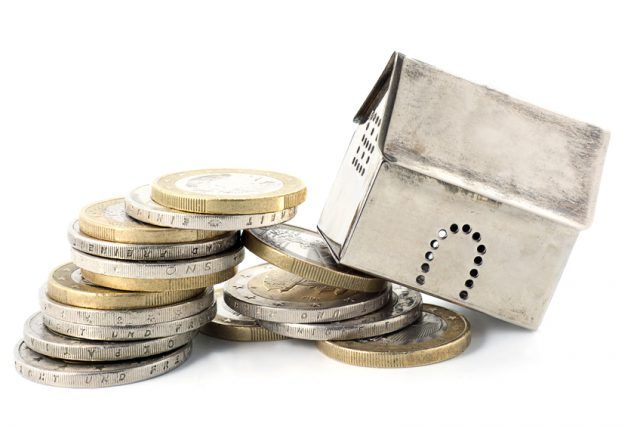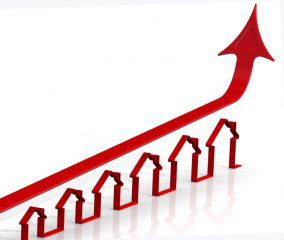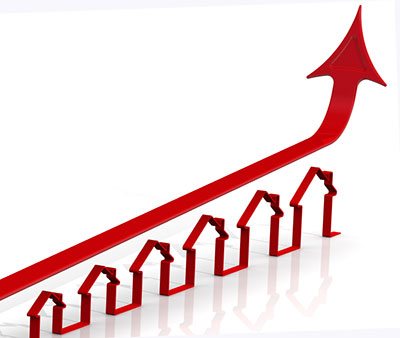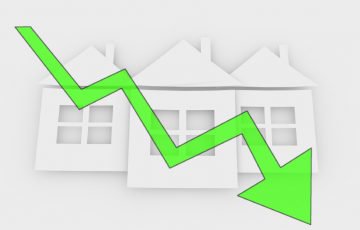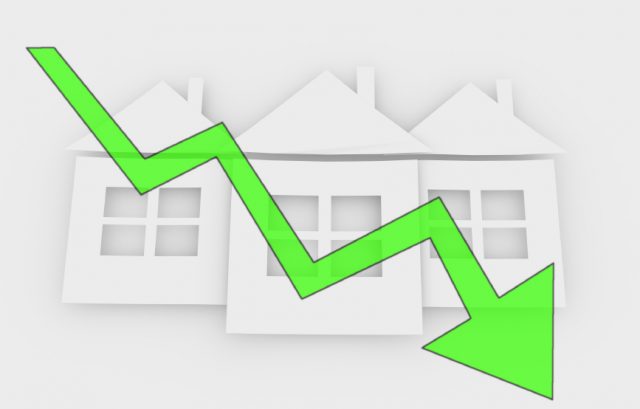91% feel the value of their property has increased since buying
New research from Co-op Insurance has found that 91% of homeowners believe that the value of their property has risen since they purchased, by an average of £33,125.
The study quizzed 1,000 UK homeowners and found that 31% of homeowners purchased their home solely with making money on investment in mind. 62% said that they were confident in house price rises being able to let them achieve this.
Location Location Location
Location was another key factors, with 34% of purchasers buying in a desirable region. 32% purchased in areas that were thought to be up and coming.
Interestingly, 29% brought a property in clear need of renovation work.
76% of those asked said that they had made changes to their property since they had moved in. Of these, 60% feel the renovation works they have completed have led to an increase in values.
On average, renovation and decorative work that homeowners have completed on their property totalled £18,224. This means, typically, homeowners are seeing a £14,900 profit as a result of these works.
London Pride
Homeowners in the capital have seen the largest average rise in profit as a result of renovation and decorative improvements. 94% said that they were confident that there property had risen in value.
In Northern Ireland, 78% believe the property of their home has increased but not as a result of renovation work.
For those trying to lure new buyers, the kitchen was found to be the most important room, with 56% believing this is the room that really sells the home. The living room is the second most desirable according to those questioned, while bathrooms were important to only 4%.
76% of respondents said that they have made renovations to their home since they purchased.

91% feel the value of their property has increased since buying
Value
Caroline Hunter, Head of Home Insurance at the Co-Op, noted: ‘Our study shows that homeowners believe by investing in décor and bigger renovation works they are adding value to their homes for future years.
Kitchens have long been lauded as the heart of the home and our study continues to solidify this, with over half of homeowners believing that this is the room of the house that could make, or break, a sale.’[1]
‘Whilst they are a big draw for prospective buyers, they can be expensive, therefore it’s important to revisit your home insurance policy to ensure you have the right level of cover in place during the building works, to protect you from additional risks during the work. Don’t assume your builder will have insurance in place that covers you in every eventuality,’ she added.[1]
[1] http://www.propertyreporter.co.uk/property/are-renovations-the-doorway-to-profit.html





